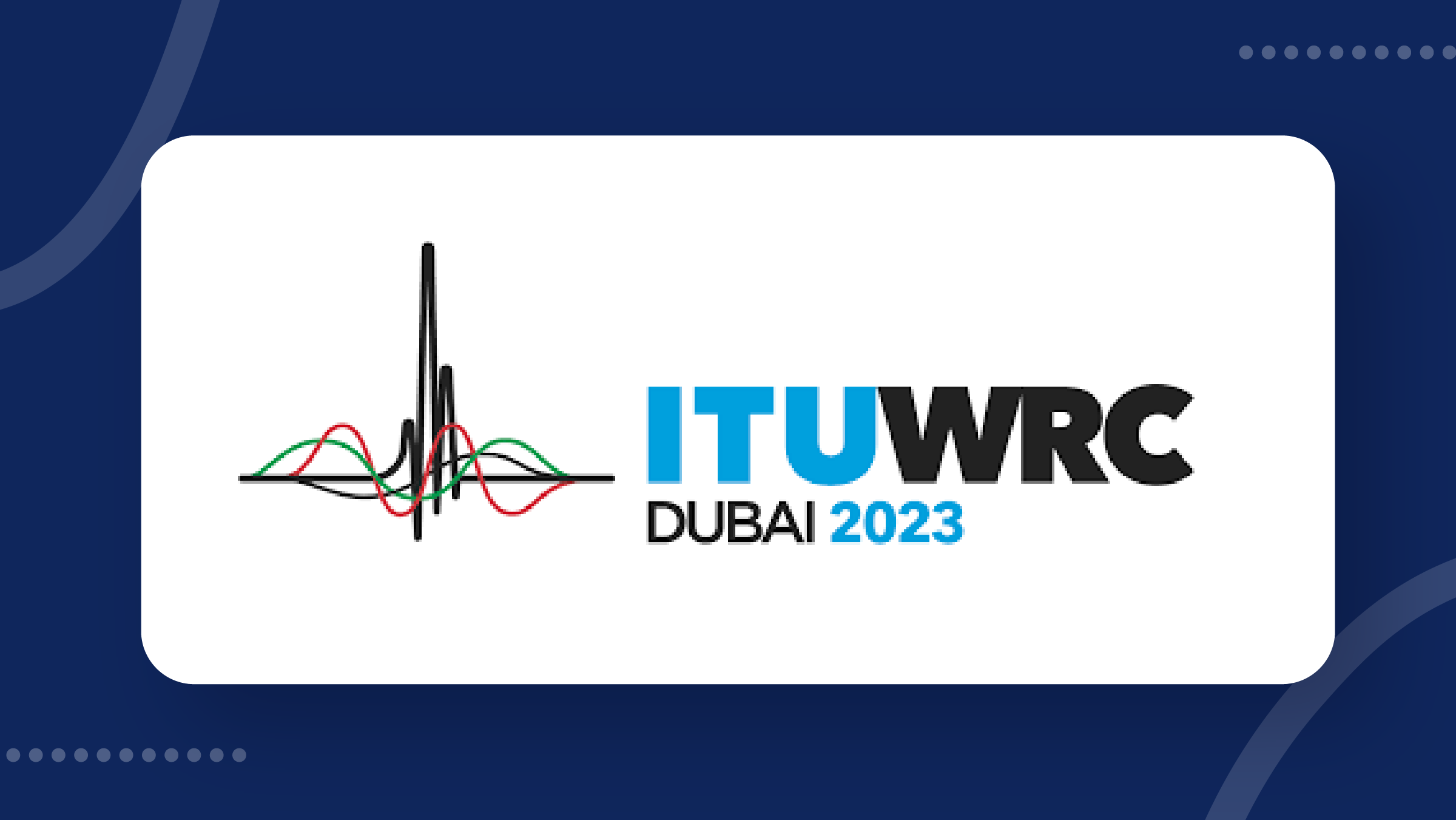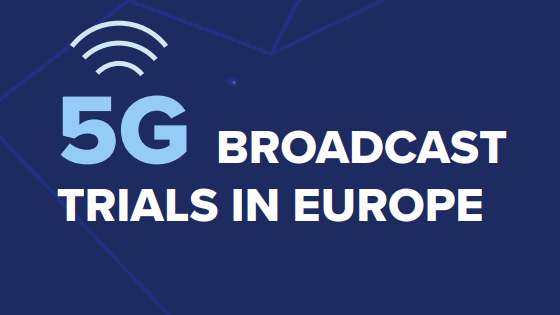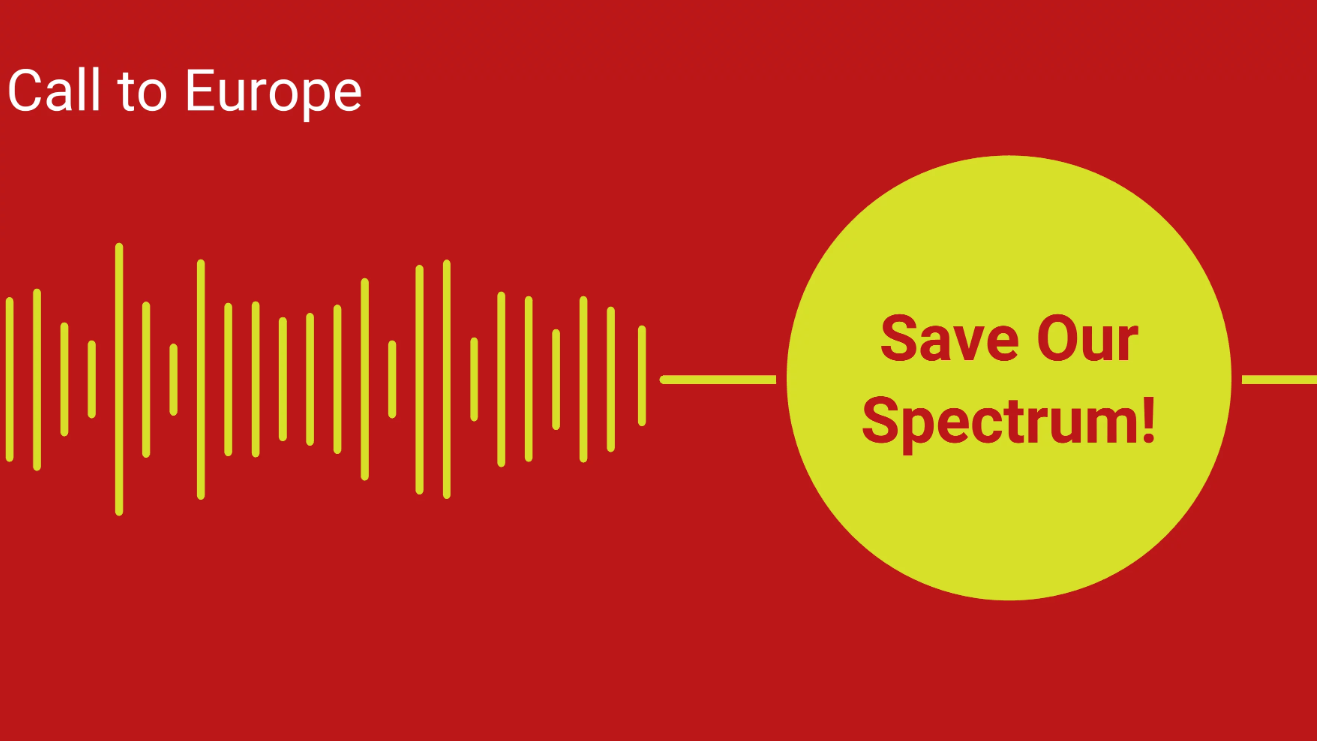We use spectrum efficiently and make it count.
Spectrum
Wireless terrestrial broadcasting of radio and TV has been around for a long time : Radio broadcasts started in the 1920s already, and TV broadcasts started in the 1950s.
Radio and TV have proven to be of fundamental societal importance characterised by universal access, free-to-air, always reliable, available and easy to receive for everyone.
Even if technologies have developed, access to adequate frequency spectrum is an absolute requirement for radio and TV wireless broadcasting services to exist and operate.
FM and DAB/DAB+ : the most efficient ways to reach listeners to radio at home, in cars and elsewhere
Today, radio broadcasting uses a variety of allocated frequency spectrum ranging from lower frequencies (long wave, medium wave and short wave) to higher frequencies for FM and DAB/DAB+. Analogue FM radio is still dominating but digital radio using DAB/DAB+ is firmly established and growing.
Available FM spectrum is currently used to capacity to broadcast a wide range of radio channels reaching virtually all European citizens and all European cars.
DAB/DAB+ is using higher frequencies in the VHF band and can accommodate a much higher number of high-quality radio channels together with additional features not available on FM.
The ITU defines the UHF band as the frequency band between 300 MHz and 3000 GHz. The band is used for a large variety of wireless services such as mobile services, TV broadcasting, aeronautical services, satellite communication, GPS, Wi-Fi, Bluetooth, walkie-talkies, cordless phones, and numerous other applications.
Terrestrial TV broadcasting uses a small part of the UHF band : initially between 470 and 862 MHz and currently, since the introduction of Digital Terrestrial Television (DTT), only 224 MHz in the 470-694 MHz band.
Importantly, this band is successfully shared with other services : primarily Programme Making and Special Events Services (PMSE) and Radio Astronomy.
DTT is essential for the content creation and media sectors, and approximately half of the European population rely on DTT to watch TV on their primary or secondary big screen.
In the early days, analogue technology was the only option for TV broadcasting, allowing only a limited number of channels using the available frequency spectrum.
Taking advantage of new digital transmission technologies and compression algorithms, it became possible to transmit more channels with high quality using less spectrum, thereby allowing part of the previously spectrum used for TV to be repurposed for other services.
Spectrum was repurposed in 2 so called “digital dividends”, the 1st being the 790-862 MHz band and the 2nd being the 694-790 MHz band. The latter will be completed in the European Union no later than 2020/2022.
When introducing new wireless technologies and services, most sectors ask for more spectrum. DTT has gone the other way, offering improved services in less spectrum.
This is a remarkable achievement. However, this comes along with long term investments :
- by broadcast network operators in new transmission facilities
- by broadcasters in new coding facilities
- and by consumers in new receivers and antennas.
At the end of this transition process, which is already completed in many European countries, the 470-694 MHz (sub700 MHz) frequency band will be the only frequency band available for the terrestrial provision of TV broadcasting, DTT.
Today, only a small fraction of the whole UHF Band is used for TV broadcasting. Even for the attractive frequencies below 1 GHz, the greater part of spectrum above 470 MHz is allocated to mobile services.
DTT uses its spectrum efficiently and the most recent broadcasting technologies (DVB-T2) is now very close to theoretical limits and cannot be improved further.
The high societal value of terrestrial TV broadcasting has been recognised by the EU Parliament and Council : in 2017 legislation was passed in the EU protecting DTT by securing its long-term access to the UHF 470-694 MHz spectrum until at least 2030.
Furthermore, the Radio Spectrum Policy Group (RSPG) said in its opinion from 2015 on a long-term strategy on the future use of the UHF band (470-790 MHz) in the EU, that it “recognises that the band 470-694 MHz is mainly used for downstream audiovisual content distribution and recommends that it remains as such for the long term, even beyond 2030”.
DTT cannot exist and operate without retained access to adequate spectrum. The position of BNE is that the spectrum below 700 MHz (470-694 MHz) should remain allocated for broadcasting services, which in the future, in addition to DTT, may include other emerging new technologies such 5G Broadcast (not to be confused with general 5G data services).
2000
TV channel in Europe
250M
European viewers
100M
Households
42%
European citizens
90%
Of the world's population
150
Countries, including 98 countries in Region 1








